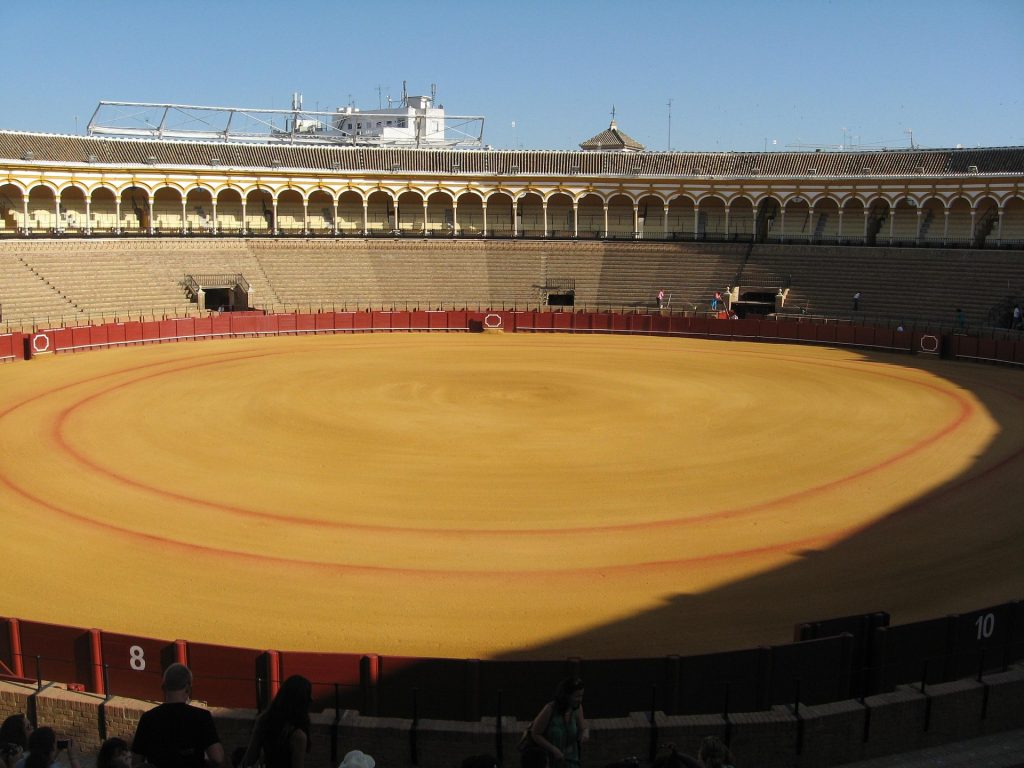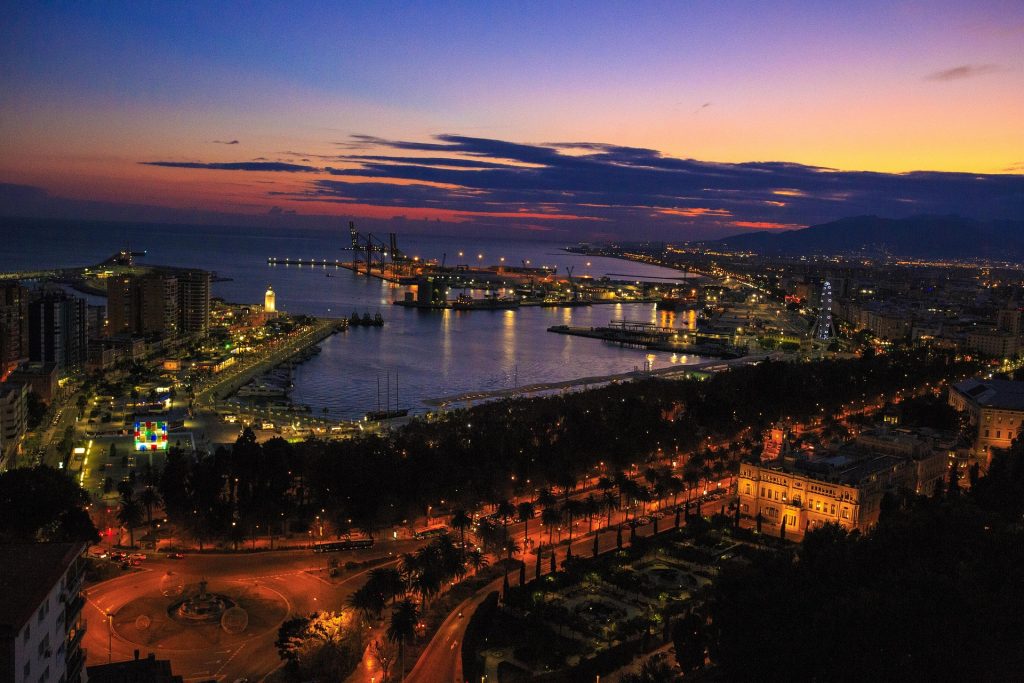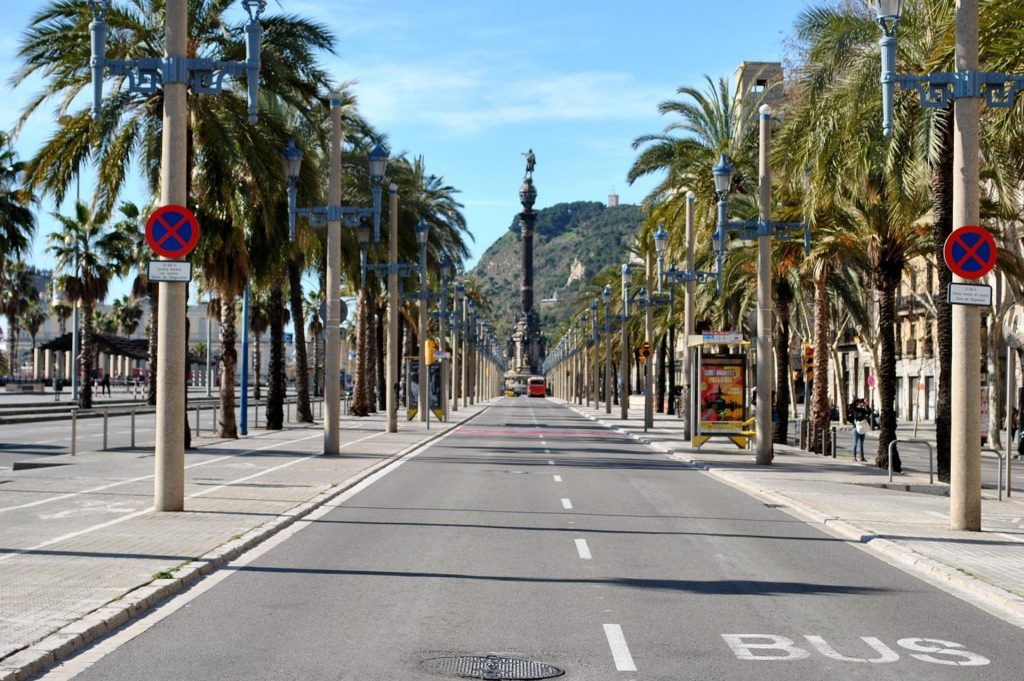
Spain
Discover Spain: More than bullfighting and paella
Spain is a country that effortlessly blends the old and the new, offering travelers a rich tapestry of history, culture, and natural beauty. From its sun-drenched beaches and rugged mountains to its vibrant cities and charming villages, Spain is a destination that promises unforgettable experiences. Whether you’re a history buff, a foodie, an adventurer, or simply seeking relaxation, Spain has something for everyone. Here’s your ultimate travel guide to exploring this captivating country.
Why visit?
Spain is a land of contrasts, where ancient traditions coexist with modern innovation. It’s a place where you can marvel at centuries-old architecture, indulge in world-class cuisine, and immerse yourself in lively festivals. Here are just a few reasons why Spain should be at the top of your travel bucket list:
- Rich Cultural Heritage: Spain’s history is a fascinating mix of Roman, Moorish, and Gothic influences, reflected in its architecture, art, and traditions.
- Stunning Landscapes: From the snow-capped Pyrenees to the golden beaches of the Mediterranean, Spain’s diverse geography is a feast for the eyes.
- Vibrant Cities: Each city has its own unique charm, from the cosmopolitan energy of Madrid to the artistic flair of Barcelona and the historic allure of Seville.
- Culinary Delights: Spanish cuisine is a celebration of flavors, from tapas and paella to churros and Rioja wine.
- Festivals and Traditions: Spain is home to some of the world’s most famous festivals, including La Tomatina, Running of the Bulls, and Semana Santa.
Top destinations
What to see and do?
Practical info
What you need to know before travelling to here
Travel Information
Visa Requirements:
Spain is part of the Schengen Area, so travelers from the EU, US, Canada, Australia, and other visa-exempt countries can visit for up to 90 days within a 180-day period without a visa. However, always check specific requirements based on your nationality, as some travelers may need to apply for a Schengen Visa in advance.
Currency:
The official currency is the Euro (€).
Language:
Spanish (Castilian) is the official language, but regional languages like Catalan, Basque, and Galician are also spoken. English is widely understood in tourist areas, major cities, and hotels. Learning a few basic Spanish phrases, such as “Hola” (Hello) and “Gracias” (Thank you), can enhance your experience and is appreciated by locals.
Best Time to Visit:
- Spring (March–May): Mild weather, blooming landscapes, and fewer crowds make it ideal for exploring cities like Madrid, Barcelona, and Seville.
- Summer (June–August): Perfect for beach destinations like Costa del Sol, Ibiza, and the Canary Islands. Expect higher temperatures and crowds, especially in coastal areas.
- Autumn (September–November): Pleasant weather, harvest season, and vibrant festivals like La Mercè in Barcelona. Great for wine tours in La Rioja or cultural visits.
- Winter (December–February): A quieter time to explore historic sites, enjoy festive Christmas markets, and experience skiing in the Pyrenees or Sierra Nevada.
Transportation:
- Domestic Flights: Connect major cities like Madrid, Barcelona, Málaga, and the Canary Islands.
- Trains: Spain’s high-speed rail network (AVE) is efficient and connects cities like Madrid, Barcelona, Seville, and Valencia. Regional trains are ideal for smaller towns.
- Buses: Affordable and reliable for reaching rural areas and smaller villages, with companies like ALSA offering extensive routes.
- Public Transport: Major cities like Madrid, Barcelona, and Valencia have metro, bus, and tram systems.
- Driving: Renting a car is a great option for exploring the countryside, Andalusia, or the Costa Brava, but be prepared for toll roads and limited parking in cities.
- Ferries: Essential for traveling to the Balearic Islands (Mallorca, Ibiza) and the Canary Islands.
Additional Tips:
- Tipping: Not mandatory, but rounding up the bill or leaving small change (5–10%) in restaurants is appreciated.
- Dress Code: Spaniards tend to dress stylishly, especially in cities. Modest attire is required when visiting churches and religious sites.
- Local Etiquette: Greet people with a friendly “Hola” (Hello) or “Buenos días” (Good morning)
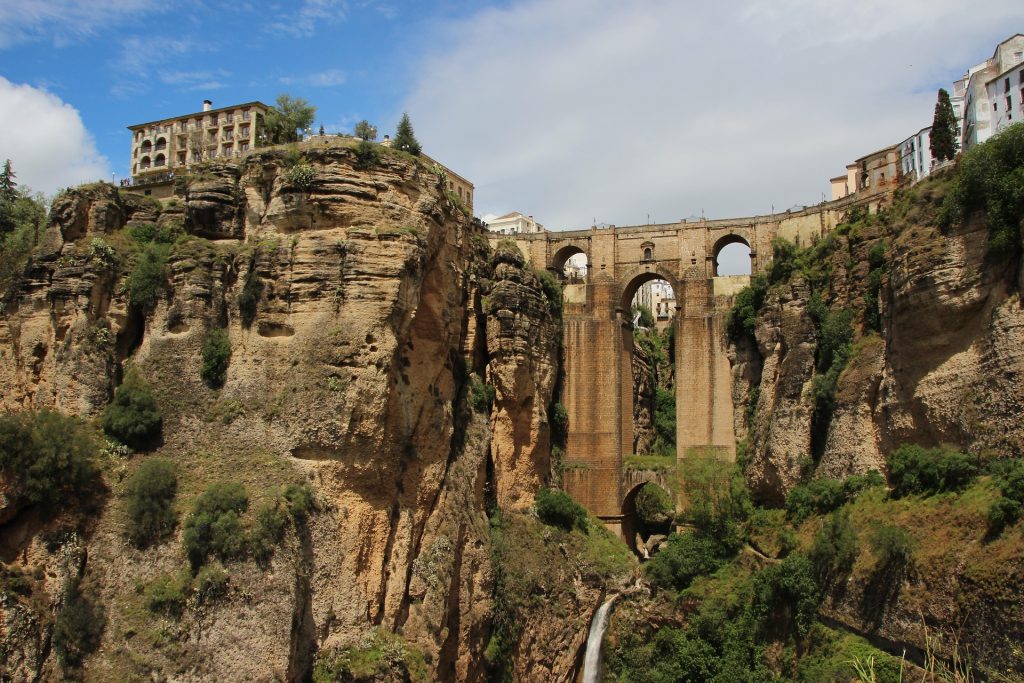
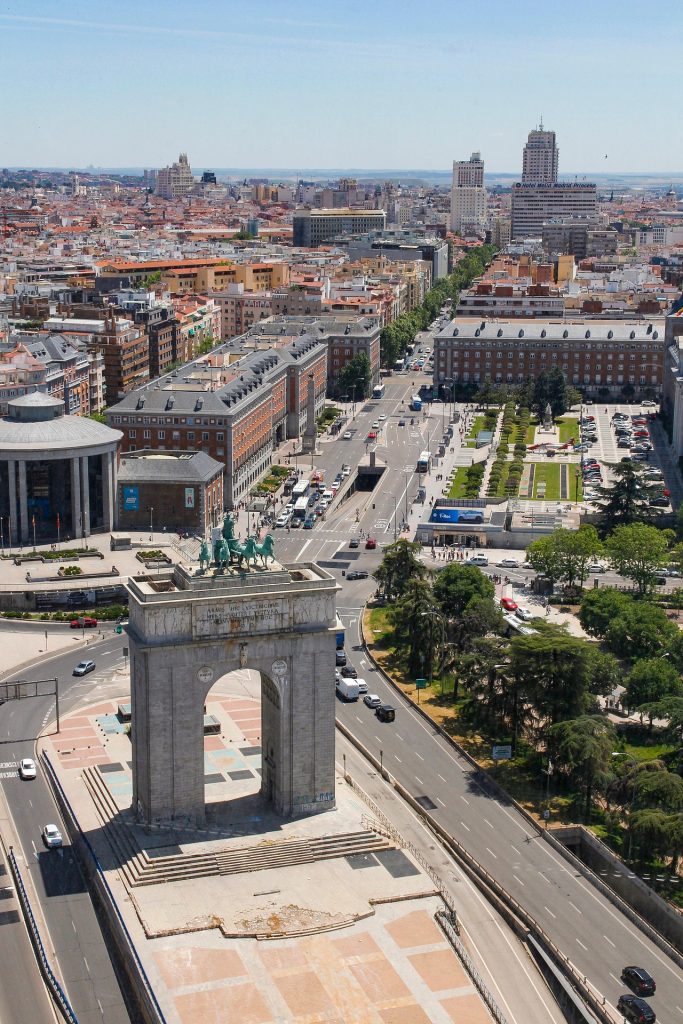
Weather
Spain enjoys a diverse climate, with weather varying significantly across its regions. The northern regions, including cities like Bilbao and Santiago de Compostela, experience mild, rainy winters and cool summers, while the central areas, such as Madrid and Toledo, have cold winters and hot, dry summers. Southern Spain and the Balearic Islands, including Seville, Málaga, and Mallorca, boast a Mediterranean climate, with mild, rainy winters and long, hot, sunny summers, making them ideal for beach vacations. The Canary Islands, off the coast of Africa, enjoy warm weather year-round, perfect for winter escapes. Spring (March–May) and autumn (September–November) are generally the best times to visit, offering pleasant temperatures and fewer crowds, perfect for exploring Spain’s cities, countryside, and coastal areas.
